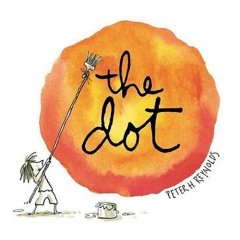
“Admit it. You know you’d just love to tell stories about al of the annoying, weird, pain-in-the-neck people you know. But you wouldn’t want to be a gossip. Well here’s how it’s done.”
Interested? Squids Will Be Squids, Fresh Morals and Beastly Fables from Jon Scieczka and Lane Smith of Stinky Cheese Man fame, model Aesop-like fables with humorous morals. The philosophy of the authors: “"If you can't say something nice about someone, change the guy's name to Donkey or Squid."
Grasshopper Logic is one of my favorites, see if it sounds like anyone you know:
“One bright and sunny day, Grasshopper came home from school, dropped his backpack, and was just about to run outside to meet his friends. “Where are you going?” asked his mom. “Out to meet some friends, “ said Grasshopper. “Do you have any homework due tomorrow?” asked his mom. “Just one small thing for History. I did the rest in class.”
And so Grasshopper’s mother lets him go to play, warning him to be back for dinner.
After dinner, Grasshopper’s mom reads the “small thing” he needs to finish:
“Rewrite twelve Greek myths as Broadway musicals. Write music for songs. Design and build all sets. Sew original costumes for each production.”
Of course, Grasshopper’s mom asks how long Grasshopper has known about the assignment, to which he answers (Let’s moan and all say it together now!) “I don’t know.”
Moral? “There are plenty of things to say to calm a hopping mad Grasshopper mom. “I don’t know” is not one of them.”
This is a great mentor text for ideas and voice, allowing students to change those things that happen to them into fables with morals that all can live by. Of course, you have to be careful of the bathroom humor (Skunk, Musk Ox, and Cabbage are hanging out on a porch...Moral: He who smelt it, dealt it) but some modern day morals are also included (Breakfast is the most important meal of the day. Don’t play with matches.)The fables in the book also celebrate clarity and brevity in writing – none are more than a two page spread, complete with wonderful illustrations.
Don’t think you have time for this type of writing when you have to prepare for the T-E-S-T? Fables from The Panchatantra,from India, appeared on our state tests last year. Interestingly, students seemed to do well with the literal questions….and not so well on the abstract pieces related to the moral. Can’t think of a better, and more engaging, test prep activity than this one!


